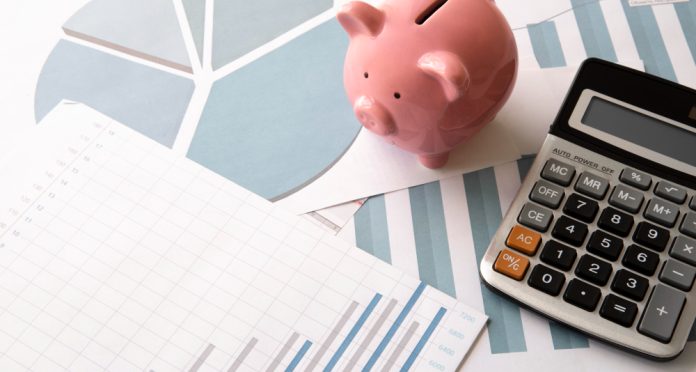- Even though there are definite signs of economic recovery visible in terms of growth in some of the severely stressed sectors, the Gross Domestic Product (GDP) estimate for the financial year 2021-22 does not clearly project the underlying fault lines. The pandemic has had a bigger role in brutally suppressing the economy across the universe, and India too had to undergo tremendous challenges in ensuring the country stays afloat. The restrictions imposed in the form of blunt instruments like lockdowns have left behind a trail of destructions that will not be erased so easily.

PC: Freepik
- Against this backdrop, the Government of India’s advance estimate of the 2021-22 GDP shows that the economy has bounced back to the pre-pandemic level. As per the Government of India, the GDP is expected to grow by 9.2% to Rs. 147.53 lakh crore, or about $3.2 trillion. In absolute terms, it means that the GDP estimate for this financial year is 1.26% higher than that of 2019-20, the last pre-pandemic year. The moot point to ponder over here is whether all stakeholders should be rejoicing over the report or expected to be apprehensive and dig for more pragmatic answers underlying amid statistics.
- Let us explore what lies underneath the projection reported. Note that the positive development has to be balanced by the forecast that private consumption continues to be lower than what we recorded two years ago. In other words, indicating that the recovery has been uneven, and swathes of the economy are yet to get back on track. What are those areas of concern? The unevenness is captured by the performance of the trade, transport, and logistics sectors. It is forecast to be at Rs. 24.70 lakh crore in 2021-22, 8.4% lower than the level two years ago.

PC: our-team
- Consequently, the weakness here will show up in private consumption, which is forecast to be Rs. 80.80 lakh crore in this fiscal, 2.8% lower than the pre-pandemic level. On the positive side, the recovery in fixed investment is noteworthy. It is estimated to be Rs. 48.51 lakh crore this year, 2.5% higher than the pre-pandemic level. As can be easily inferred, the economy has recovered but it is far from being broad-based. Certainly, the ongoing third wave of Covid-19 infections may not have been considered while compiling the report. Therefore, the advance estimate must be interpreted with utmost care and after taking into consideration the pitfalls expected from the restrictions likely to be implemented by several states reeling under the surge of the third Covid wave.
- Of course, the data however shows that policy to deal with the surge must refrain from lockdowns. We know the contact-intensive sectors are the worst hit by them. As such, the Union Government should persuade states to avoid resorting to blanket curfews. The need of the hours is to use more sophisticated tools to insulate the still-fragile economy from damage. Needless to mention, the Union Budget just weeks away needs to design a fiscal policy to support contact-intensive sectors that also provide jobs for youth with limited skills.






